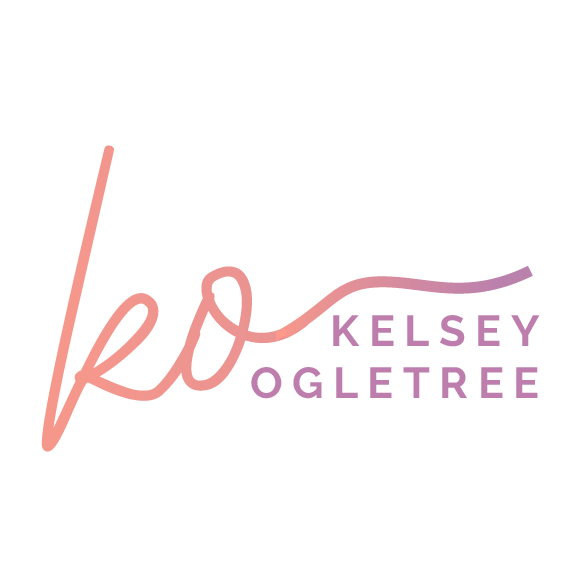3 Ways to Master the Reverse Pitch
Over the July 4th holiday, the owner of the most incredible local fitness studio hauled 25 spin bikes from the basement of the studio to the dock along her lakefront home. We had a glorious spin class on the water that morning, but amidst the music and moves, I couldn’t help but notice the reverse marketing strategy she employed. Not only had she set up the bikes on the water and provided every rider with gift bags filled with branded swag, she’d hung a banner depicting the name of the fitness studio from the dock — facing outward. It made me smile every time I saw a boat drive by, rubbernecking at our crew on the bikes. The banner was for them, and all of us on the bikes were a living, breathing advertisement for the studio, without even trying.
Spot the white sign facing outward behind the flag.
I couldn’t help but think that we in media can learn a lot from this approach. If you’re a freelancer, you’re marketing yourself and your ideas on social media and to editors on a daily basis; if you’re a publicist, you’re marketing your clients and story angles to writers and editors. It’s a lot of “push” marketing. But what if you employed a few simple strategies that are nearly effortless, marketing in reverse? Here are three ideas to explain what I mean:
1. Use your out-of-office reply wisely.
This time of year, I’m getting a ton of OOO responses to emails. But nearly every single one simply states a version of, “I’m away and not checking email; reach out to so-and-so in case of emergency.” Using an OOO in this way is a missed opportunity. A few months ago, I learned and implemented a trick from a friend in marketing to make my OOO more robust, and it’s helped me to drive more traffic to my website, market my recent work, grow my social media following and newsletter subscribers, and bolster interest in my Office Hours products. Here’s what I’ve used lately:
Hello! I'm traveling on assignment this week and will only be checking email once per day. Thank you for your patience!
In the meantime, feel free to check out resources that might be helpful to you:
- My blog, where I write about freelance writing and how PR can work better with freelancers
- My portfolio, where you can see my latest published stories
- My newsletter, which goes out every other Thursday with leads and insights on freelancing
You can follow more of what I'm up to on Instagram, Twitter and LinkedIn, too!
2. Maximize ways for people to learn about you.
I’ve said it before, I’ll say it again: LinkedIn is a tremendous tool if you complete your profile to the fullest and use it to network with writers, editors and publicists. Every time I work with someone on anything, I add them to my LinkedIn network. On the same note, make it easy for people to get in touch with you and learn more about you there. If you haven’t already done so, make sure you add relevant links and contact information to the “Contact Info” button that appears under your name and title. So many people don’t do this, and it’s a great missed opportunity. You can easily learn how here; see mine below.
Similarly, Gmail has recently introduced a way to add more information about yourself to your Google profile, which shows up whenever someone hovers over your name on an email. Be sure you’ve set up a profile photo and filled out the relevant fields in your Google profile to maximize this feature. See mine here.
3. Make your email signature work for you.
Beyond just including your name, title and company logo in your email signature (or not having one at all, which I see far too often), you can use this space that shows up to every single person you email to share more about yourself. For instance, consider including a link to your portfolio (or for freelance writers, taking it a step further and highlighting a few recent hyperlinked stories), a link to your current client list (or for publicists, a major win you’ve recently scored in a top publication), and links to the social media channels you’re on most regularly. This enables anyone you contact to instantly discover more about you and what you do, and perhaps even suggest a way to work together that you hadn’t thought about. There are many different ways to set up an email signature that works for you; here’s an example of my current one below.
Tell me: What’s your sign facing the lake? In what other ways have you tried reverse pitching?





